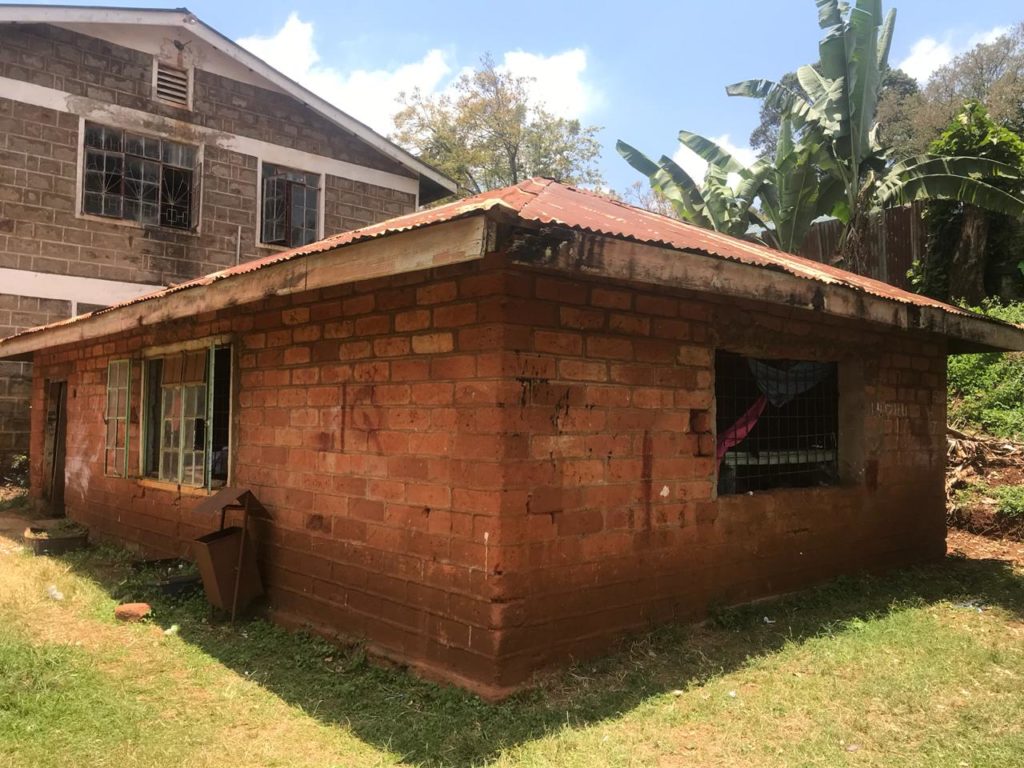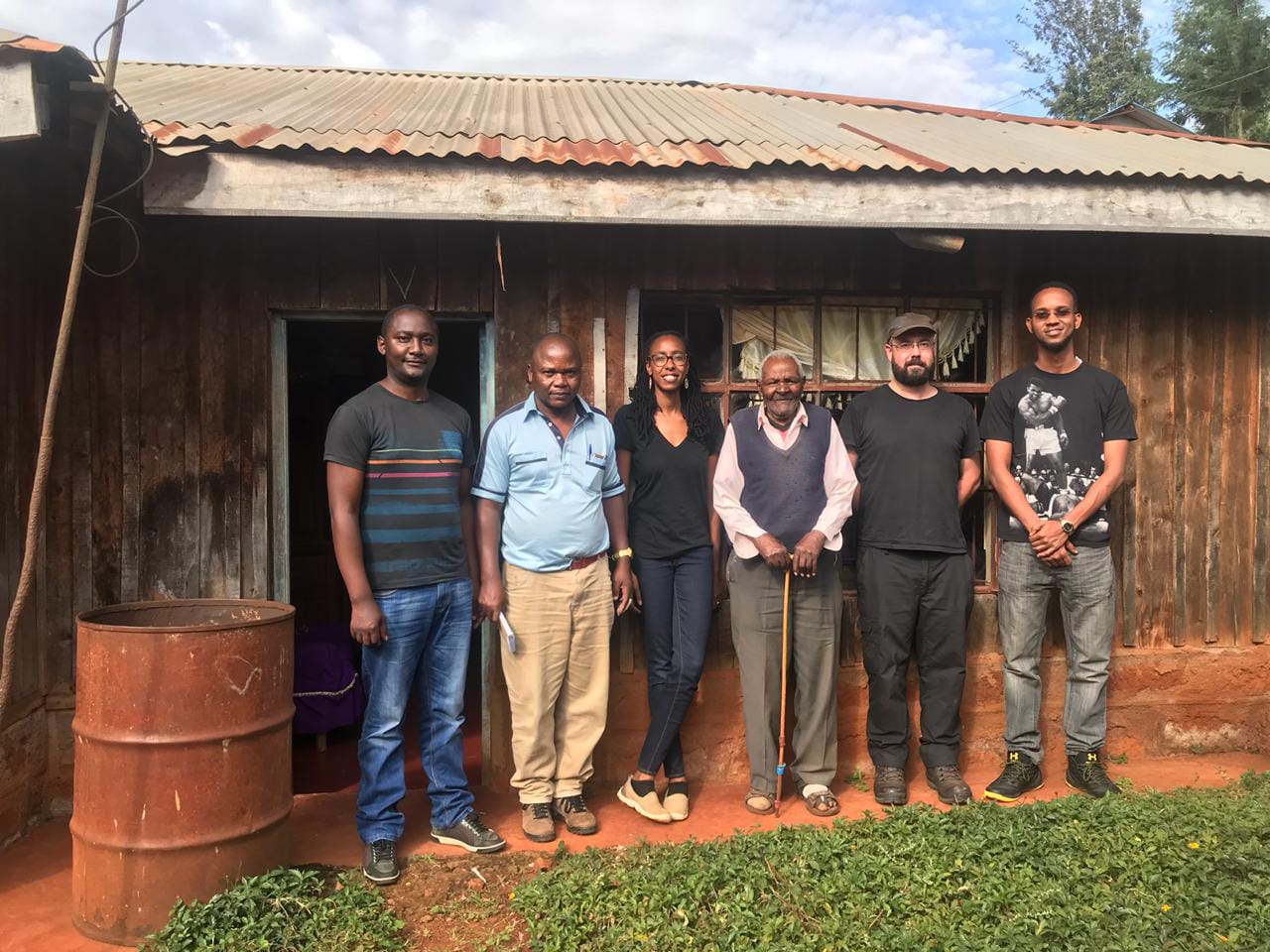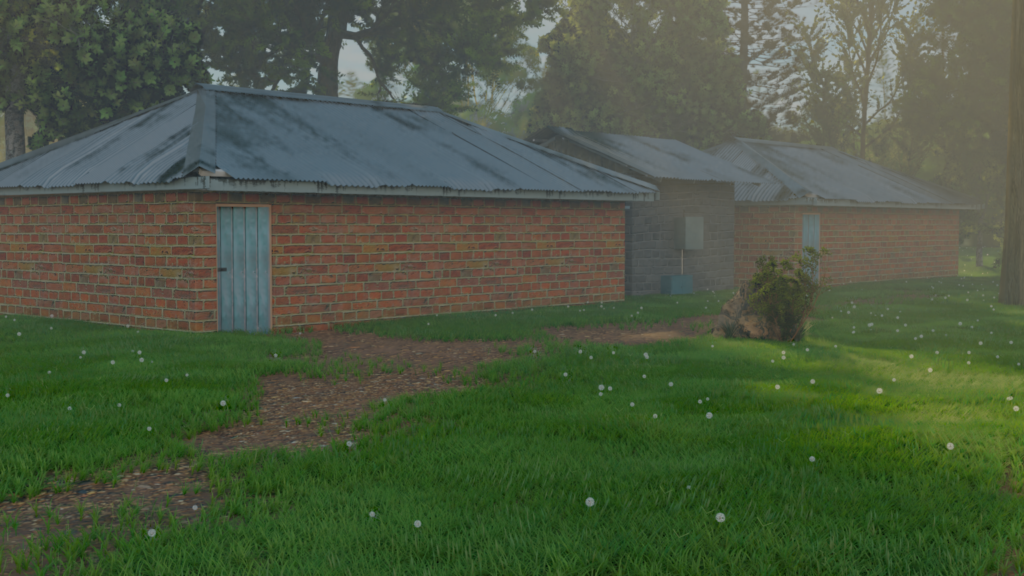The case of Kenya’s colonial detention camps.
“ The night before my mother left, she gave me a small amount of money and told me to keep it .. I was still a child, about 10 years old at the time… It felt strange, like she knew something was going to happen. … Many years later when I was in secondary school, I saw a strange woman who had been standing by the school fence, starring into the school…I couldn’t believe my eyes:, it was her …It had been almost 7 years” .
1952 was the year my great grandmother left her home in Kijabe, Kenya and did not return for 7 years. 1952 was also the year that the British colonial government declared a state of emergency in Kenya in an attempt to contain the Mau Mau freedom movement.
Historians estimate that more than 100 detention camps and emergency villages were set up and operated by the British Colonial Government during the emergency period which lasted until 1960. This network of camps – often referred to as the ‘pipeline’ – was used to detain more than 100,000 Kenyans with the aim of extracting confessions of allegiance to the Mau Mau independence movement.
Figure 1: Map showing location of known detention camps around Kenya
Today, this history of detention remains one of the most brutal and least understood periods of Kenya’s history. After independence, many of the detention camps were either destroyed or turned into schools and prisons. Official archives on the camps were also purposefully destroyed or migrated to the UK. To locate, access and retrieve information on the camps, requires extensive and laborious research. As a result, the vast majority of people in Kenya do not know where the camps were, what they looked like or – for younger generations – that they even existed.

Figure 2: Cell structure used to hold detainees in a former camp in Central Kenya – This building is now part of Mweru secondary school and is currently being used as a classroom
What does it mean that we do not know about these camps? That we do not talk about the hundreds of thousands of people who were detained within them? That we cannot even point to their locations today? That very few of those who lived through this period are alive to tell their story ?
The documentation and preservation of this silenced history is not only important for me personally, but it is also crucial today more than ever at a community and national level. This research explores the suitability of digital technologies, specifically digital reconstructions, in creating awareness and participation with the history of Mau Mau camps in Kenya.
Due to their highly technical nature, outputs such as 3D reconstructions have traditionally left very little room for non-specialist participation. Taking into consideration the suppressed nature of this particular subject and the lack of public knowledge on the history of the camps, the research seeks to tap into the rich and rapidly disappearing networks of oral histories as a key resource to create digital reconstructions of the camps and map their locations around the country.
It proposes to use digital reconstructions as an opportunity to start a conversation that aims to be dynamic and fluid (as opposed to ‘ending’ a conversation by presenting our reconstructions as true, authentic and final).
I believe that in themselves digital reconstructions paint an incomplete picture if they are not contextualised by the tangible and intangible histories they are inextricably linked to. Instead of seeing the community as consumers of the final digital output, it envisions them as being active participants in the decision-making process towards visualising this aspect of colonial history.

Figure 3: Interviewing Mau Mau veteran – Wambugu Nyingi who has held in a total of 11 camps around the country between 1952 and 1959
The first conversation I had with my grandfather about the detention camps was in 2017. I had grown up in Kenya all my life and didn’t even know such camps existed. When I asked my grandfather whether his mother ever spoke of her experience in the camps he said “she never spoke about what happened to her when she was away, till this day, we still don’t know.”

Figure 4: Draft – 3D Reconstruction of detention cells in Mweru Works Camplent
